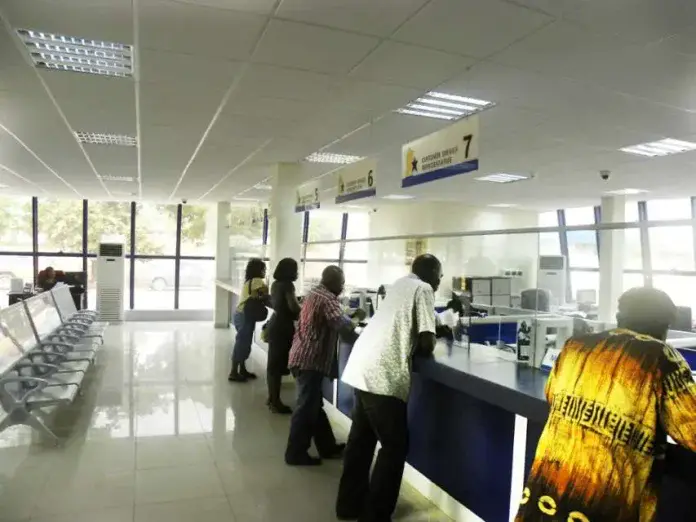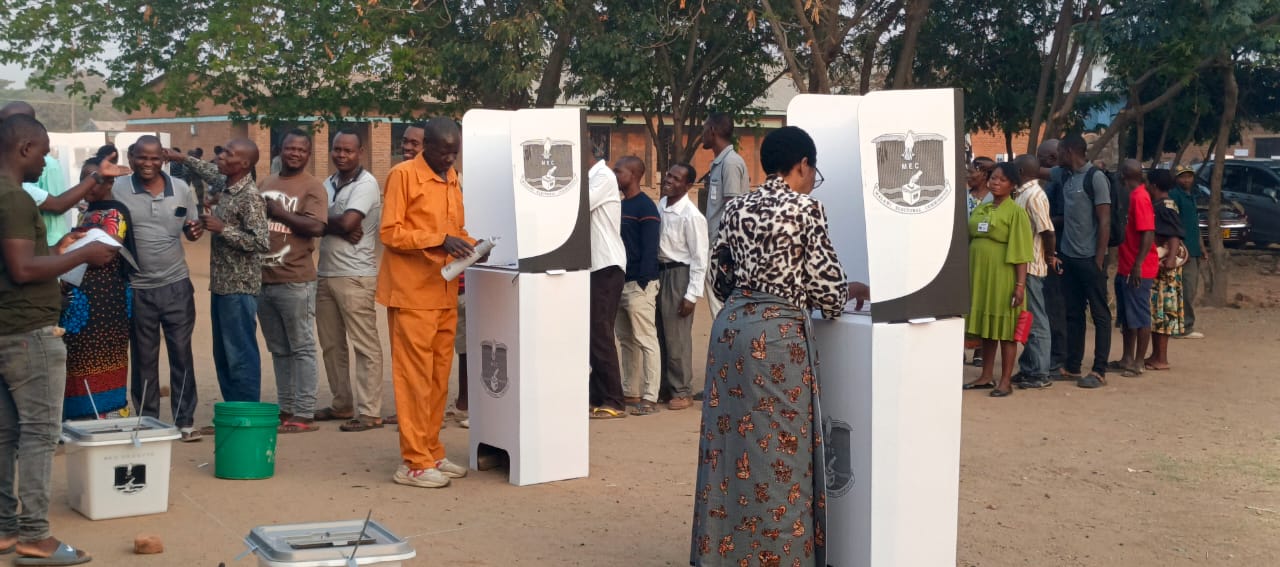By Ghana News
Copyright ghanamma

Ghana’s banking sector recorded a significant surge in private sector lending during August 2025, with real credit growth reaching 8.7 percent as financial institutions responded to renewed demand from businesses and households amid improving economic conditions.
According to central bank data, real private sector credit adjusted for inflation rose to 356.0 million in August from 327.6 million in July, representing the strongest monthly growth in recent quarters. In nominal terms, bank loans to the private sector climbed from GH¢84.9 billion to GH¢91.0 billion over the same period.
The lending surge coincided with a dramatic reduction in borrowing costs across Ghana’s financial sector. Ghana’s average lending rate fell sharply to 24.15% in August 2025, down from 26.59% in July, marking the lowest level in over a year and creating more favorable conditions for business expansion and household financing.
The credit expansion contributed to broader growth in domestic credit creation, with Net Domestic Assets (NDA) rising to GH¢263.4 billion in August. However, Bank of Ghana data indicates domestic credit remains heavily skewed toward government financing, with sovereign claims representing 46.6% of total domestic credit compared to 34.9% allocated to private sector lending.
Claims on the government expanded from GH¢108.6 billion in May to GH¢122.8 billion in August, while private sector claims grew from GH¢83.4 billion to GH¢92.0 billion during the same period. The parallel growth in both government and private sector lending supported overall liquidity in the banking system.
The Ghana Association of Banks had earlier indicated that lending rates would begin falling from August 6, 2025, reflecting coordinated sector response to improved macroeconomic conditions, suggesting the credit surge represents a planned response to economic stabilization rather than spontaneous market activity.
The August lending increase signals a sharp revival in credit activity after relatively flat growth during June and July, potentially driven by seasonal business activities, investment financing, and renewed household spending power as inflation pressures eased.
Ghana’s private sector credit growth occurs against a backdrop of historically low credit penetration. The credit granted to the private sector by commercial banks as share of GDP in Ghana declined to 9.13 percent in 2023, reaching its lowest value in recent years, highlighting significant room for expansion in business and household lending.
Recent regulatory developments may support continued credit growth. The Bank of Ghana has given its approval for credit bureaus to begin implementing credit scoring in the country, aimed at enhancing responsible lending and strengthening national credit infrastructure.
Bank of Ghana Governor Dr. Johnson Asiama has expressed optimism that credit to the private sector will continue rising in coming months as inflation falls, suggesting central bank expectations for sustained lending expansion beyond the August surge.
Banking sector performance indicators show mixed signals for credit sustainability. GCB Bank, Ghana’s second-largest bank by market share, strengthened its capital position to 20.0% from 18.5% while reducing non-performing loans to 13.8% from 19.9%, indicating improved capacity for prudent lending expansion.
The credit surge addresses persistent financing gaps in Ghana’s economy, where small and medium enterprises have historically struggled to access affordable funding. Lower lending rates combined with improved credit assessment tools could accelerate business development across key sectors.
International development partners continue supporting Ghana’s financial sector expansion. As of March 2025, the International Finance Corporation’s portfolio in Ghana includes $345 million in investments supporting key sectors including access to finance, complementing domestic credit growth initiatives.
The August lending data suggests banks are meeting renewed demand for financing from businesses and households, possibly to fund investment, trade, or seasonal business activities. The surge strengthens fund availability in the economy while contributing to economic activity alongside government borrowing.
Other components of domestic credit, including claims on the public sector and operational balances, remained stable or declined slightly, but combined growth in government and private sector claims supported overall banking system liquidity.
The lending expansion reflects broader economic stabilization efforts in Ghana, where improved macroeconomic indicators have created conditions for increased financial intermediation between banks and the private sector.
Continued credit growth will depend on sustaining lower lending rates, maintaining banking sector stability, and ensuring adequate capital buffers to support prudent lending expansion without compromising financial system integrity.



